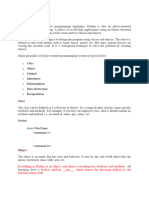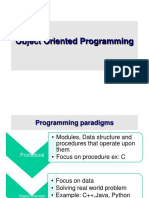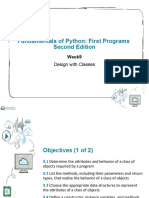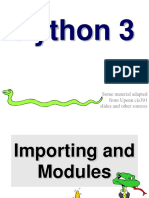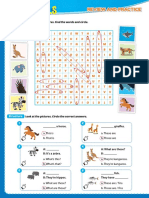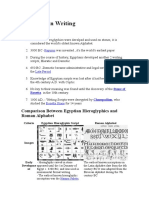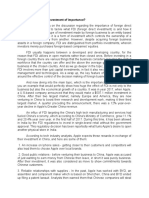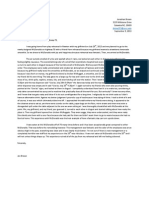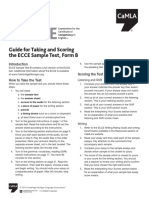0% found this document useful (0 votes)
14 views25 pagesLecture 5# Objects As Attributes
The document discusses Object Oriented Programming in Python, focusing on operator overloading and special functions that begin with double underscores. It explains how to implement various operators and comparison functions, as well as the benefits of operator overloading, such as enhanced readability and code reusability. Additionally, it covers the use of objects as attributes and introduces class methods, emphasizing their role in referencing the class itself.
Uploaded by
Dong NguyenCopyright
© © All Rights Reserved
We take content rights seriously. If you suspect this is your content, claim it here.
Available Formats
Download as PPTX, PDF, TXT or read online on Scribd
0% found this document useful (0 votes)
14 views25 pagesLecture 5# Objects As Attributes
The document discusses Object Oriented Programming in Python, focusing on operator overloading and special functions that begin with double underscores. It explains how to implement various operators and comparison functions, as well as the benefits of operator overloading, such as enhanced readability and code reusability. Additionally, it covers the use of objects as attributes and introduces class methods, emphasizing their role in referencing the class itself.
Uploaded by
Dong NguyenCopyright
© © All Rights Reserved
We take content rights seriously. If you suspect this is your content, claim it here.
Available Formats
Download as PPTX, PDF, TXT or read online on Scribd
/ 25









